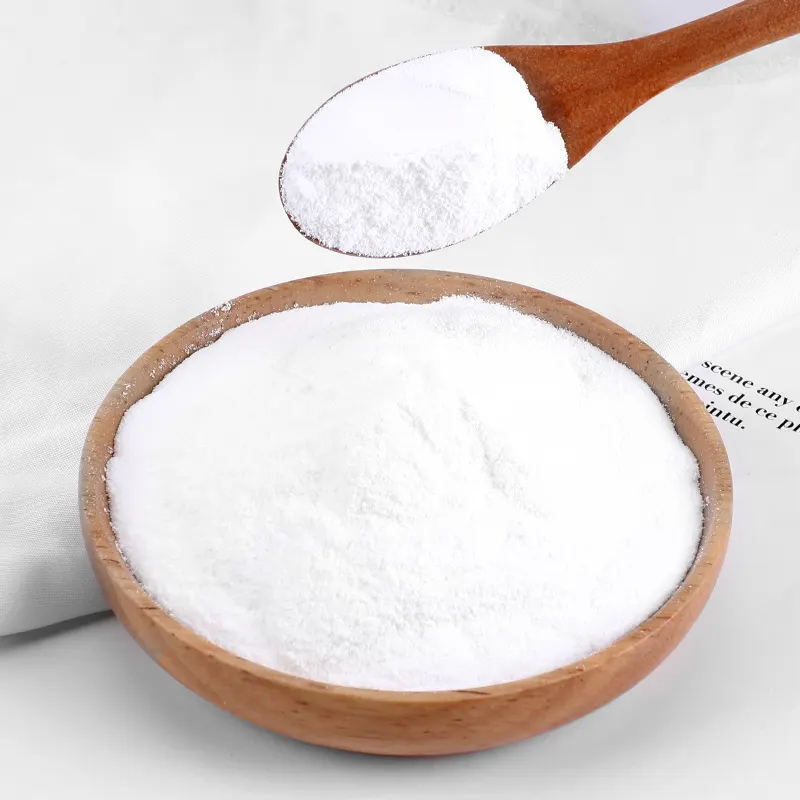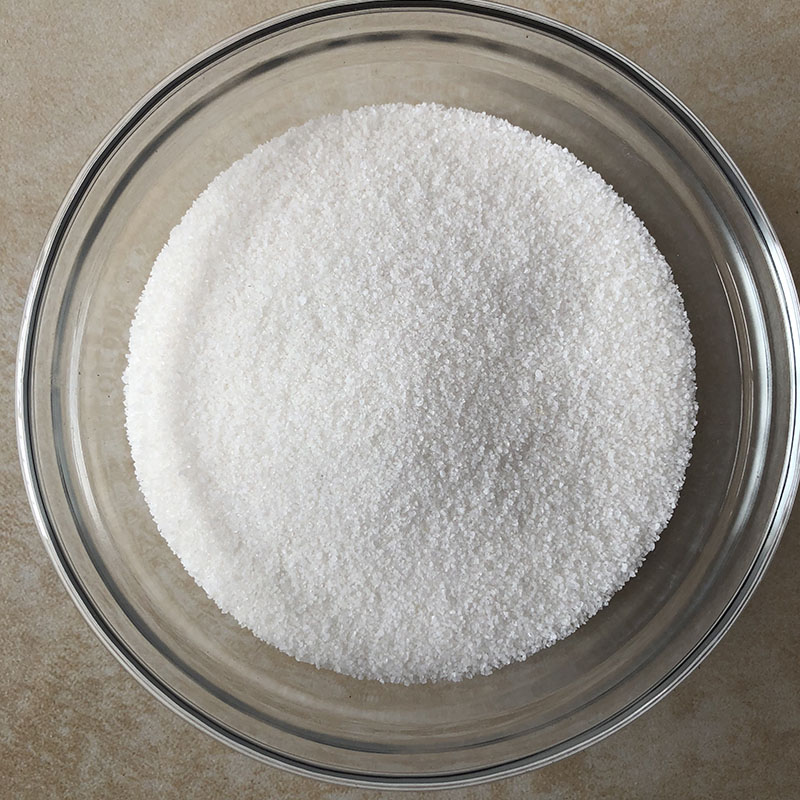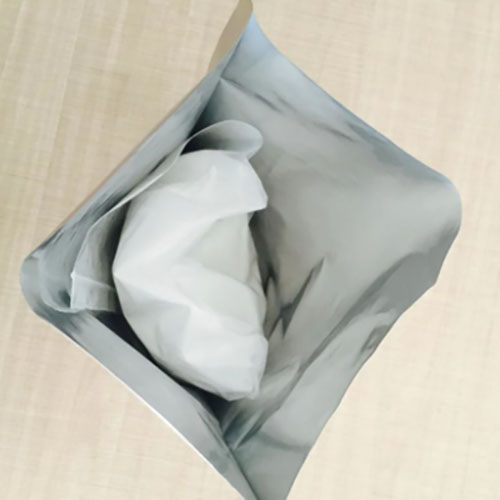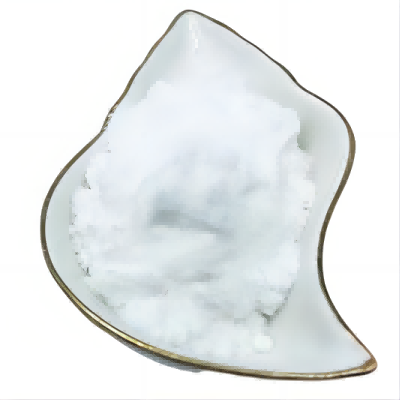Mastoparan CAS:72093-21-1
Mastoparan, owing to its unique properties as a membrane-active peptide toxin, has diverse potential applications across several fields: Cell Biology and Research: Mastoparan is widely utilized in cell biology to study cellular signaling pathways and membrane dynamics. Its ability to perturb lipid membranes allows researchers to investigate intracellular processes and cellular responses to external stimuli. Neuroscience: Due to its membrane-disrupting properties, mastoparan is studied for its effects on neuronal cells. It can modulate neurotransmitter release and membrane potential, offering insights into neuronal communication and potential therapeutic avenues for neurological disorders. Biomedical Research: Researchers explore mastoparan for its applications in drug delivery systems. By conjugating therapeutic agents to mastoparan, they aim to enhance cellular uptake and targeted delivery, potentially improving efficacy and reducing side effects of medications. Antimicrobial Applications: Mastoparan exhibits antimicrobial activity against bacteria and fungi by disrupting their membranes. It is being investigated as a template for developing novel antimicrobial agents to combat drug-resistant pathogens. Insecticides: Given its origin from wasp venom and its effects on cellular membranes, mastoparan is considered in the development of environmentally friendly insecticides. It targets pest insects by disrupting their cellular functions while posing low toxicity to non-target organisms. Biotechnology: Mastoparan's membrane-disrupting ability is leveraged in biotechnological applications, such as the development of biosensors. By modifying mastoparan or using its structure as a basis, biosensors can be designed to detect specific molecules or pathogens with high sensitivity. Potential Therapeutic Uses: Beyond its research applications, mastoparan shows promise in therapeutic development. Studies explore its potential as an anti-cancer agent due to its ability to induce apoptosis (programmed cell death) in cancer cells selectively. Industrial Applications: Mastoparan's properties are also explored for industrial purposes, including the development of cleaning agents or disinfectants that can target microbial contaminants effectively. In summary, mastoparan stands out for its membrane-disrupting capabilities and versatile applications in research, biotechnology, medicine, and beyond. Ongoing studies continue to uncover new ways to utilize its unique properties to address challenges in various scientific and industrial fields.






| Composition | C70H131N19O15 |
| Assay | 99% |
| Appearance | white powder |
| CAS No. | 72093-21-1 |
| Packing | Small and bulk |
| Shelf Life | 2 years |
| Storage | Store in cool and dry area |
| Certification | ISO. |









